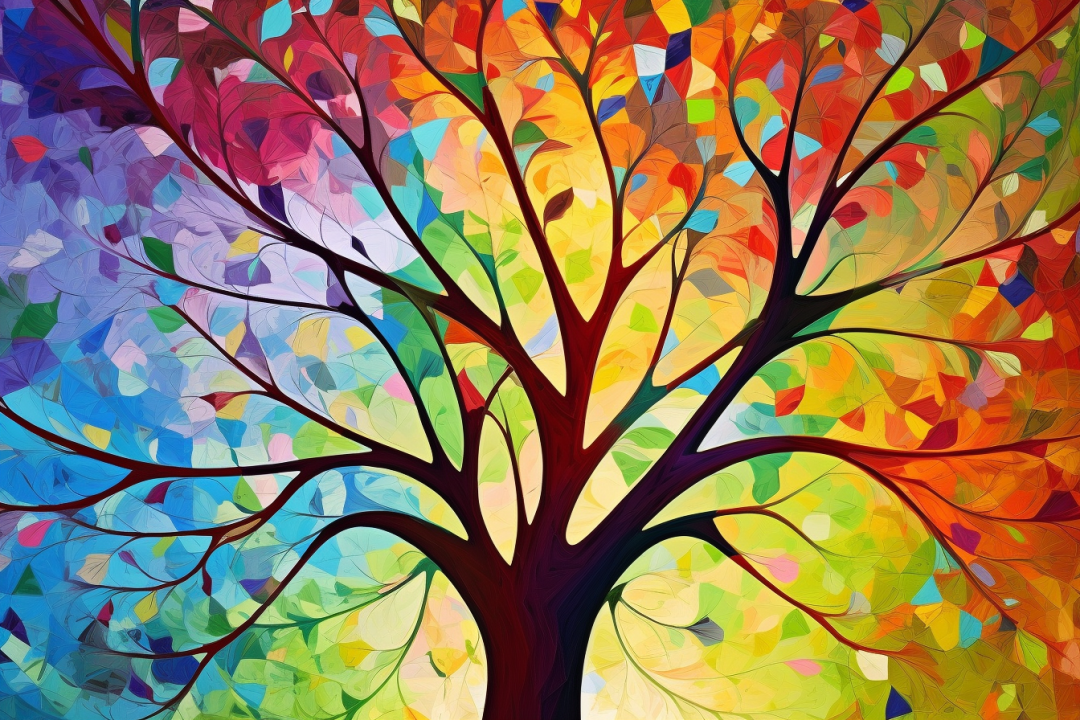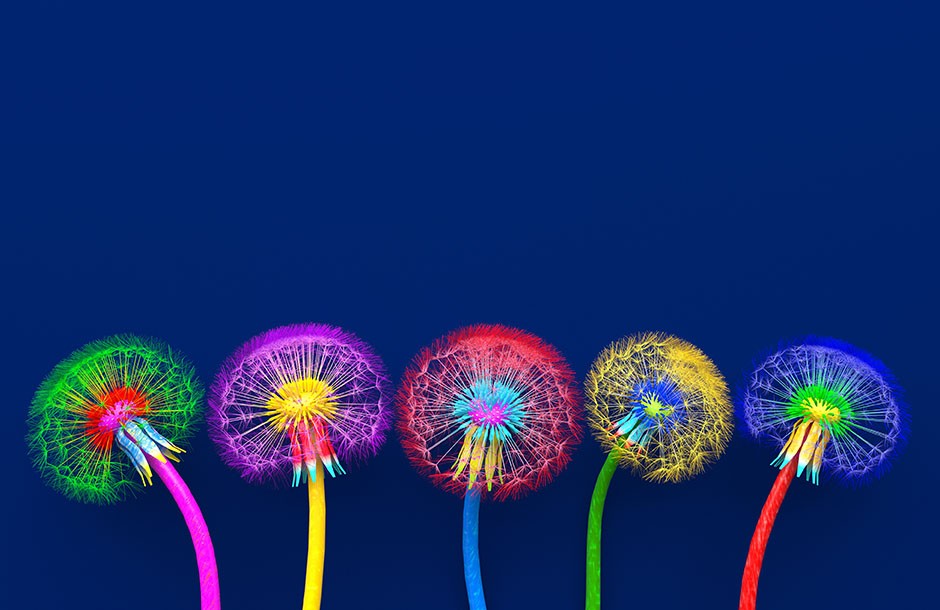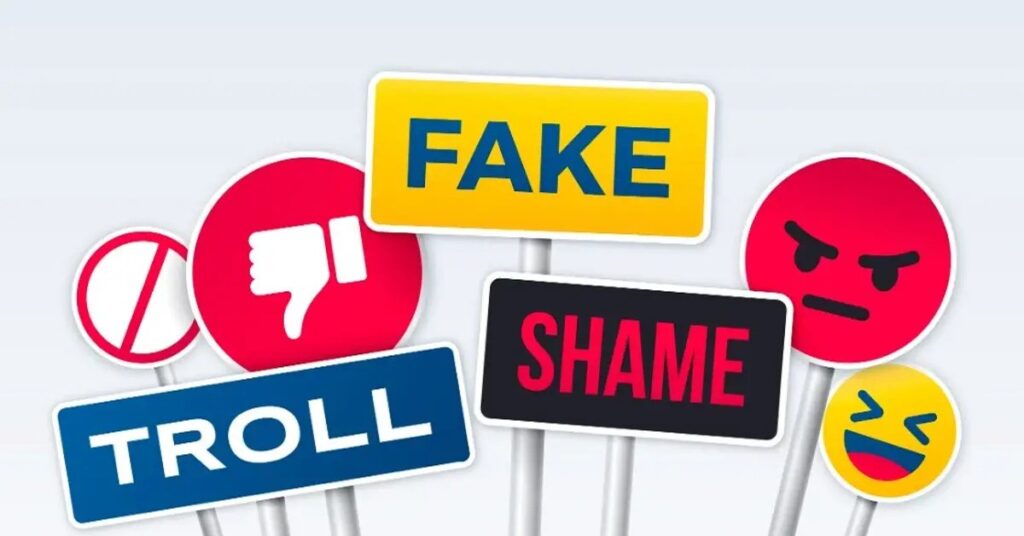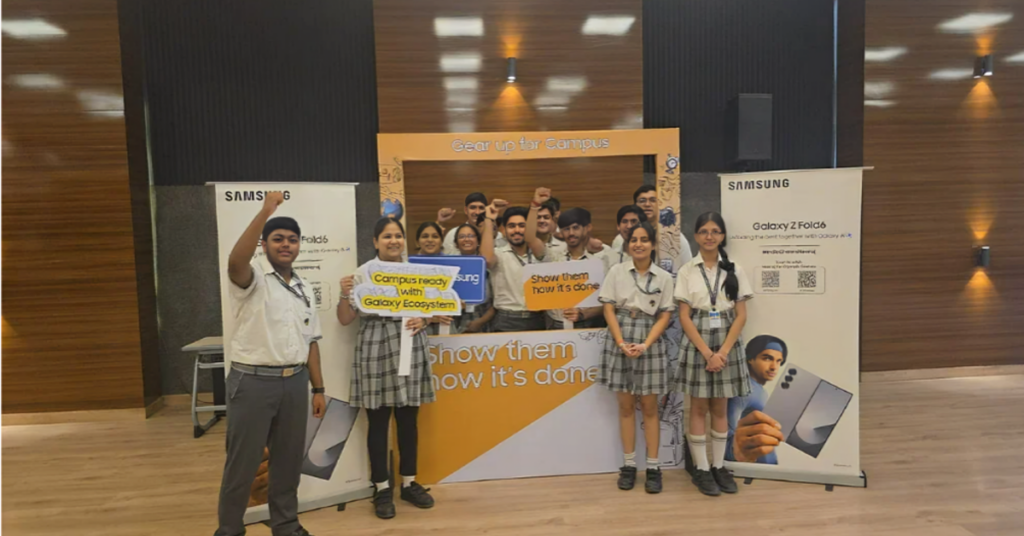In an ever-evolving digital landscape, the importance of creativity in branding cannot be overstated. Brands are constantly seeking fresh, innovative perspectives to captivate their audiences and stand out in a crowded marketplace. While traditional marketing strategies have their place, a growing recognition of neurodivergent creativity is reshaping the way brands approach their messaging and branding initiatives. Let’s explore the concept of neurodiversity and how the creativity derived from it can bring out unique marketing strategies for brand success.

Understanding Neurodiversity
Neurodiversity encompasses a spectrum of differences in brain function and behavior, including conditions such as autism, ADHD, dyslexia, and more. Individuals who fall under the neurodivergent umbrella often possess unique perspectives, heightened creativity, and out-of-the-box thinking that can bring a fresh approach to branding and marketing. One of the key characteristics of neurodivergent individuals is their ability to see the world from a different angle, allowing them to come up with unconventional ideas that challenge the status quo. In the context of branding, this can translate to innovative marketing campaigns, compelling visual identities, and engaging storytelling that resonate deeply with consumers. Embracing neurodivergent creativity in branding is not just about inclusivity; it’s about leveraging the strengths of individuals who think differently to create authentic, impactful brand experiences. By recognizing and embracing neurodiversity within their teams and creative processes, brands can harness the power of diverse perspectives to drive creativity and innovation.

Unlocking the Power of Neurodivergent Talent
Building a creative ecosystem that values neurodiversity requires a conscious effort to create a supportive and inclusive environment where all voices are heard and respected. By fostering a culture of acceptance and celebration of differences, brands can tap into the full potential of neurodivergent individuals and unlock new levels of creativity in their branding initiatives. Collaboration is key to leveraging neurodivergent creativity effectively. By bringing together individuals with a range of perspectives and cognitive styles, brands can generate innovative ideas, unique solutions, and compelling brand narratives that resonate with diverse audiences. Encouraging open communication, active listening, and mutual respect within teams can create a dynamic creative process that pushes boundaries and drives success.

Incorporating Neurodivergent Perspectives
To truly harness the power of neurodivergent creativity in branding, brands must be willing to embrace diversity in all its forms. This means going beyond token gestures of inclusivity and actively seeking out neurodivergent talent to bring fresh ideas and perspectives to the table. By incorporating neurodivergent perspectives into their branding strategies, brands can differentiate themselves in a competitive market, connect with a wider range of consumers, and build a reputation for authenticity and innovation. From designing inclusive products and services to crafting compelling brand stories that resonate on a deeper level, neurodivergent creativity offers endless possibilities for brands looking to make a lasting impact.
Three Brand Examples from ‘Big Players’ for Neuro Diversity
In the dynamic arena of brand marketing, the embrace of neurodiversity is not just a nod to inclusivity—it’s a strategic masterstroke. The ‘big players’—industry titans like Procter & Gamble, Google, and Coca-Cola—are not just dipping their toes but diving headfirst into the rich pool of neurodivergent talent, unlocking a treasure trove of creativity and innovation. By recognizing and valuing the insights and creativity of individuals with neurodivergent conditions, these companies are not only improving their brand image, but also leading a movement towards a more inclusive and innovative marketing landscape. As more brands follow this trend, we can expect a surge in campaigns that not only capture attention but also celebrate the diversity of the human mind.
Procter & Gamble
Procter & Gamble (P&G) is a beacon of neurodiversity in action. Their dedication to celebrating and leveraging the distinct talents of neurodivergent individuals is beyond commendable. Initiatives like P&G’s Neurodiversity Program have been crucial in creating an inclusive workplace where neurodivergent employees can flourish. Through the recruitment and support of individuals with diverse cognitive abilities, P&G has enhanced its creative processes and strengthened its brand with genuine, impactful narratives.
Google, a behemoth in the tech industry, has long been an advocate for diversity and inclusion. Their approach to neurodiversity is no exception. By creating spaces like the Accessibility Discovery Centre and fostering employee resource groups, Google has made significant strides in empowering neurodivergent individuals. These efforts are not just about providing support; they’re about integrating diverse perspectives into the very fabric of Google’s user experience design, leading to more thoughtful, inclusive products and services. Google’s Bol Campaign is an excellent example for their neurodiversity based marketing strategy, which embraces neurodivergent experiences, spreading holiday cheers during Christmas. The campaign resonated with diverse audiences and emphasized authenticity and inclusivity.
Coca-Cola
Coca-Cola’s approach to marketing has always been sensory-rich and emotionally resonant. Their Neuro-marketing strategies are a testament to their understanding of the human experience. Their neuromarketing strategy focuses on engaging all five senses in advertising campaigns. Coca-Cola associates happiness and positivity with their products through impactful social media and digital marketing techniques. This way, Coca-Cola creates immersive brand experiences that resonate with a broad audience, including those with neurodivergent traits. This sensory marketing not only heightens the consumer experience but also showcases Coca-Cola’s commitment to inclusivity and diversity in its brand storytelling.

By valuing the insights and creativity of neurodivergent individuals, these companies are not just enhancing their brand image. These brands are leading a charge towards a more inclusive and innovative marketing landscape. As more brands follow suit, we can expect a surge in campaigns that not only capture attention but also celebrate the diversity of the human mind.
A Blueprint for Brand Differentiation
Neurodivergent creativity has the potential to revolutionize the way brands approach branding and marketing. Embracing neurodivergent creativity can transform branding and marketing strategies. Through the inclusion of diverse perspectives, the challenge to traditional norms, and the promotion of an inclusive culture, brands have the opportunity to discover fresh avenues for creativity, innovation, and genuine engagement with their audiences. Brands stand to gain by recognizing neurodiversity as a wellspring of strength and inspiration, paving the way for a more diverse, inclusive, and creatively vibrant future in branding.



